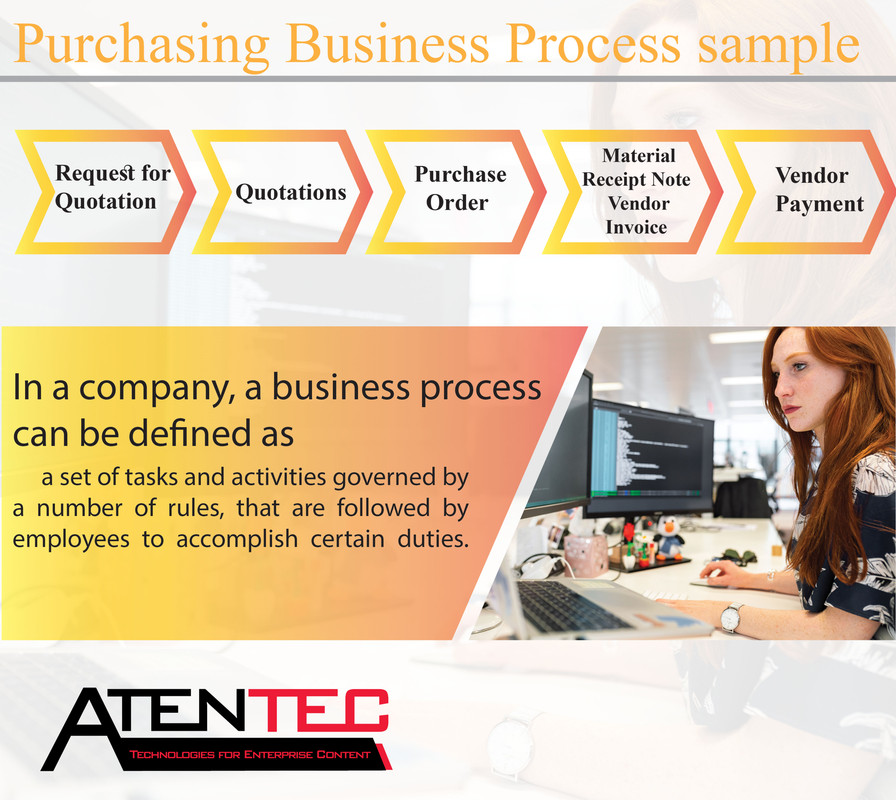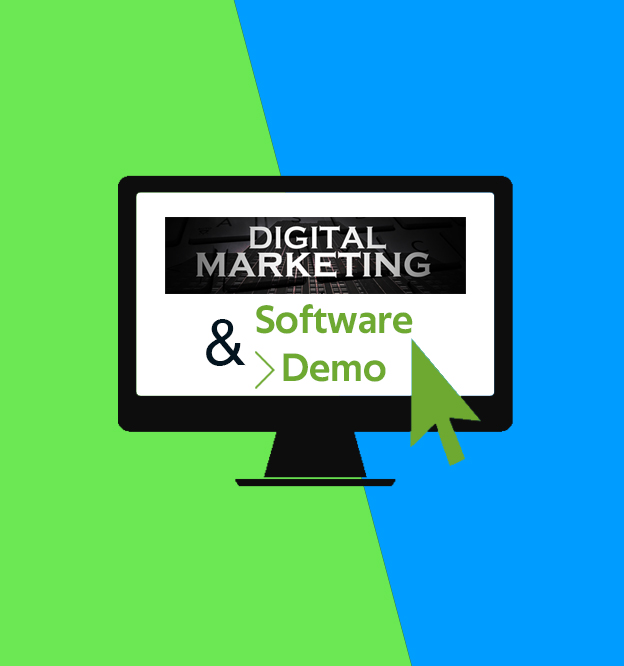Business Process and Digital Transformation

Business Process and Digital Transformation as I discussed in a previous post, one of the Digital Transformation aspects is how much does adoption of a technology changes company’s business process.
In other words, how does using a new technology affect company’s business process?
A Business Process can be defined as a set of tasks and activities governed by a number of rules, that are followed by employees to accomplish certain duties.
To clarify the definition, I will use a fake company and a very loose example.
Our fake company is named “John Doe & Sons”.
Let us imagine that the purchasing department wants to purchase new chairs for its employees.
The business process here is as follows:
- The purchasing department will send a request for quotation for vendors and suppliers which contains how many chairs they want, chair specifications, terms of delivery, etc.
- The purchasing department will then receive a number of quotations from various suppliers.
- The purchasing department will review quotations and choose the best offer.
- The purchasing department will issue a Purchase order to the selected supplier.
- The supplier will deliver the chairs to the company along with an invoice.
- The accounting department will receive the invoice, record it in the corresponding ledger, and then pay the supplier.
We can now describe the previous purchasing business process as follows:
Request for Quotation -> Quotations -> Purchase Order -> Material Receipt Note + Vendor Invoice -> Vendor Payment
Now let’s examine how digital transformation can affect the discussed business process.
For “John Doe & Sons” to increase their digital transformation maturity, they will adopt new technology that will enhance their purchasing business process.
“John Doe & Sons” decided to purchase a new computer system that will offer the following:
- A website (Web Portal) for the company to allow suppliers to register in, and add their information, pricelists, products, etc.
- A Software Module
called “Procurement Module” to be used by purchasing department to add their requested items.
That action is
called “Issue RFQ”.
- Once RFQ is added, the system
will automatically send it to the registered suppliers (see point 1) based on their profiles and will track suppliers’ responses for the quotations.
- The system will automatically filter the received quotations and will reject any quotation that doesn’t match the RFQ criteria (created in step 2).
- The system will raise the matching quotations to be reviewed by purchasing department.
It will wait until one -and only one- is approved :).
- Once the quotation is approved, the system will automatically send a purchase order to a supplier :).
- When the supplier delivers the requested items, the received invoice will be scanned, add to the system, the assets account will increase
the expenses account will increase, and the liability account will increase.
- Based on predefined rules, the system can now make a successful bank transaction for the invoice payment.
For the first look, the new software doesn’t seem to change the entire business process. But investigation reveals many new changes.
For example,
After implementing the new software, searching for suppliers, their contacts, locations, etc. became out of purchasing department's daily tasks.
It saved their time for other tasks, and most importantly it added transparency to the purchasing process.
Purchasing employees now cannot hide supplier’s information for sake of their own. Also, it allows for more market opportunities for the suppliers.
Suppliers will reach more and more customers which leads to more competition and therefore decrease in selling price, increase in quality, improvements in delivery terms, etc.
in other words, a positive shift towards “John Doe & Sons” interest.
I’m not going to discuss each point in detail, but that was a good example of how digital transformation affects the business process.
In my next post, I will use the same example to explain more about Digital Transformation Maturity
And why many companies and organizations failed to get a good benefit from digital transformation.
Also, we will go deeper into how digital transformation changed the “John Doe & Sons” purchasing business process.


